Idaho boasts millions of acres of diverse and pristine wilderness, where breathtaking landscapes are inhabited by a wide variety of wildlife. From moose to deer, wildlife is a major highlight for visitors. By following responsible practices, such as keeping a safe distance from wild animals and preserving their natural habitats, we can ensure that wildlife continues to thrive for generations to come.
Whether you’re on a scenic drive or backcountry camping, these tips will help protect you — and keep Idaho’s wildlife wild:
Keep a Safe Distance From Wildlife
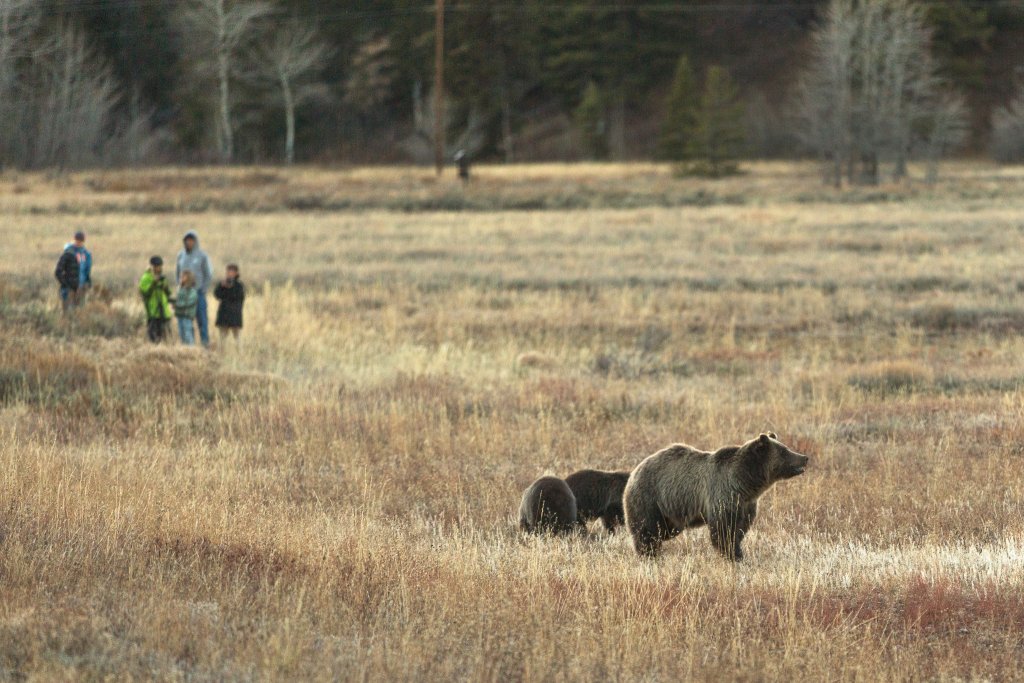
Keeping your distance from wildlife is crucial for both your safety and that of the animals. Wildlife experts recommend staying 75 feet from deer, elk, moose, pronghorn, bighorn sheep and other large game, and 300 feet from bears, wolves, mountain lions and other predators. This space helps ensure wild animals are undisturbed in their natural environment, as the proximity of people may alter their natural behavior. If an animal is showing signs of stress due to your presence (e.g., flattened ears, stomping or vocalization), it is best to slowly retreat.
Keeping a respectful distance also applies to individuals using drones to capture media of wildlife. While drones are prohibited in National Parks, Wildlife Management Areas and some of Idaho’s state parks, there are many areas where they are allowed. However, pilots flying for both commercial and personal purposes are required to have FAA certification, and depending on the location, additional permissions may be necessary. Idaho state law prohibits the use of drones for hunting, harassing, and locating game animals, game birds, or fur-bearing animals. For more information about drone laws in Idaho, please visit the Official Website of the State of Idaho.
Don’t Touch or Chase Wildlife
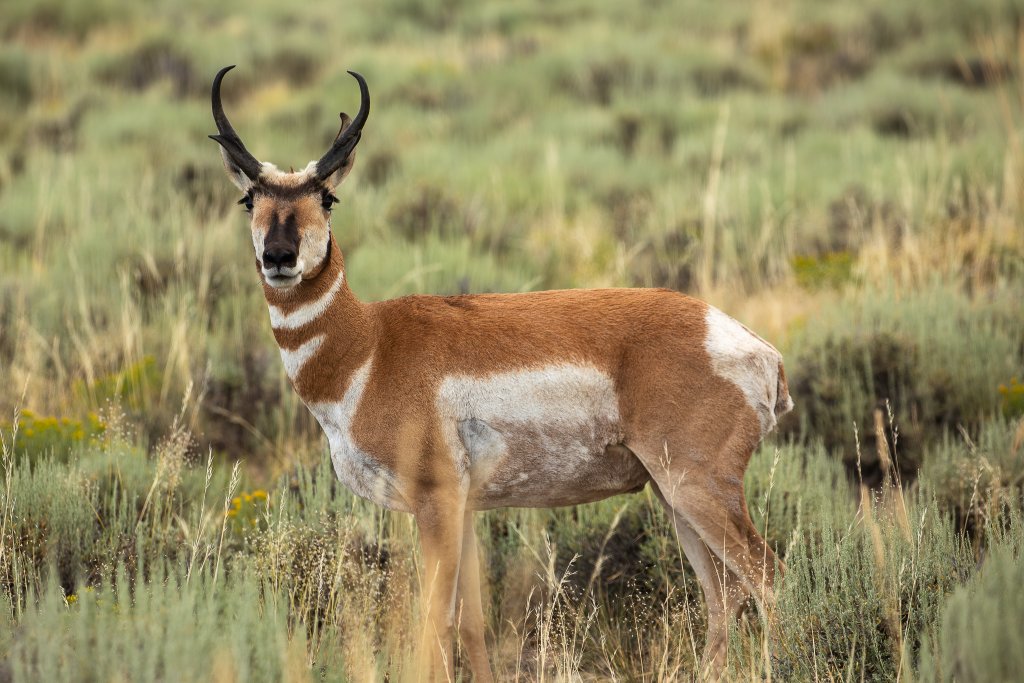
Touching or chasing animals can stress them out and disrupt natural behaviors like feeding, mating or caring for their offspring. Some animals, like bears or moose, may respond aggressively if threatened. Physical contact with humans also increases the chance of disease transmission between species, putting both wildlife and humans at risk.
Resist the Urge to Feed Wildlife
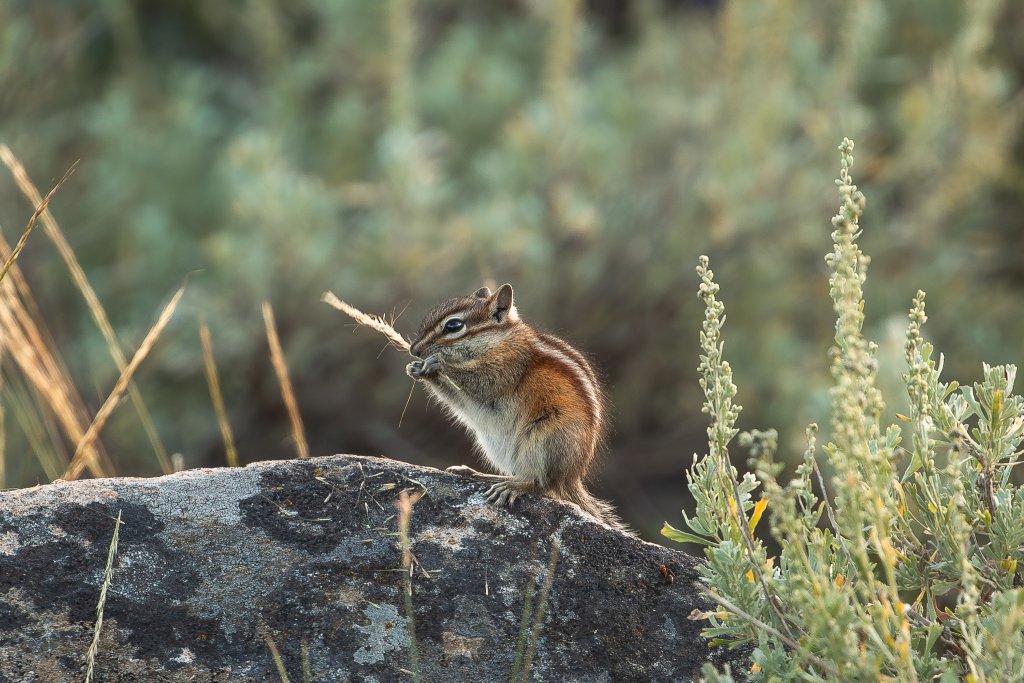
Feeding wildlife, though often done with good intentions, can have harmful consequences for both animals and ecosystems. When animals become accustomed to human food, they can lose their natural foraging instincts and become dependent, which disrupts their role in the food chain. This dependency may lead to unhealthy dietary habits, malnutrition or even aggressive behavior as they come to expect food from people. Additionally, animals fed by humans are more likely to approach populated areas, increasing their risk of injury, road accidents and conflicts with humans. Individuals caught feeding, approaching or antagonizing wildlife may face charges of wildlife harassment or fines in some regions across Idaho.
Be Bear Aware
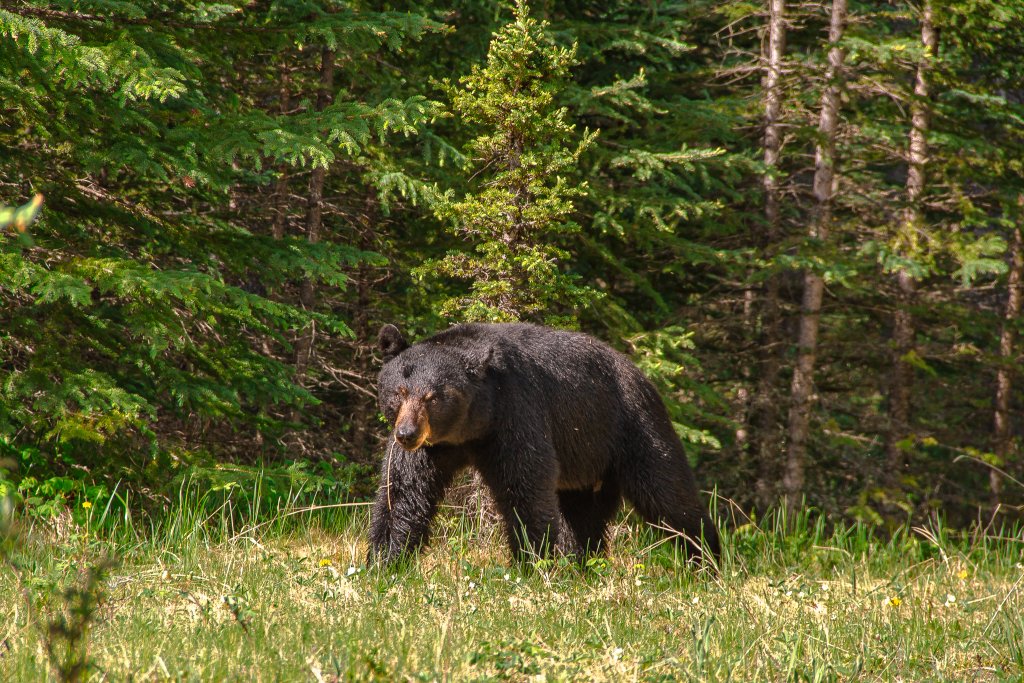
Before visiting bear country, it is essential to be informed and prepared. Check with local rangers for information about recent bear sightings, and look for signage at trailheads and campgrounds with updates. Experts recommend carrying bear spray, which is one of the most effective tools for deterring aggressive bears. Proper food storage is also critical in bear country. Once a bear learns to associate humans with food, they can become aggressive and more likely to approach people, creating dangerous situations. As a general rule, if you are camping in bear country and your food, trash or toiletries are not within arm’s reach, these items need to be stored in a closed, locked vehicle, or inside a bear locker, a bear can or a properly configured bear hang.
For a more comprehensive guide, please see Travel With Care: Safety in Bear Country.
To avoid surprising a bear on the trail, make plenty of noise, especially in dense vegetation, and hike in groups when possible. If you have an unexpected encounter with a bear, remain calm — don’t scream or run, as this can cause the animal to chase you. Instead, keep the bear in your line of sight and slowly move away while talking in a low tone. If a bear continues to approach you, stand your ground, make noise and appear as large as possible by raising your arms. If the bear gets within 20 to 30 feet, deploy your bear spray. Finally, always report bear sightings or signs of activity to local wildlife officials.
Store Food Properly and Don’t Litter
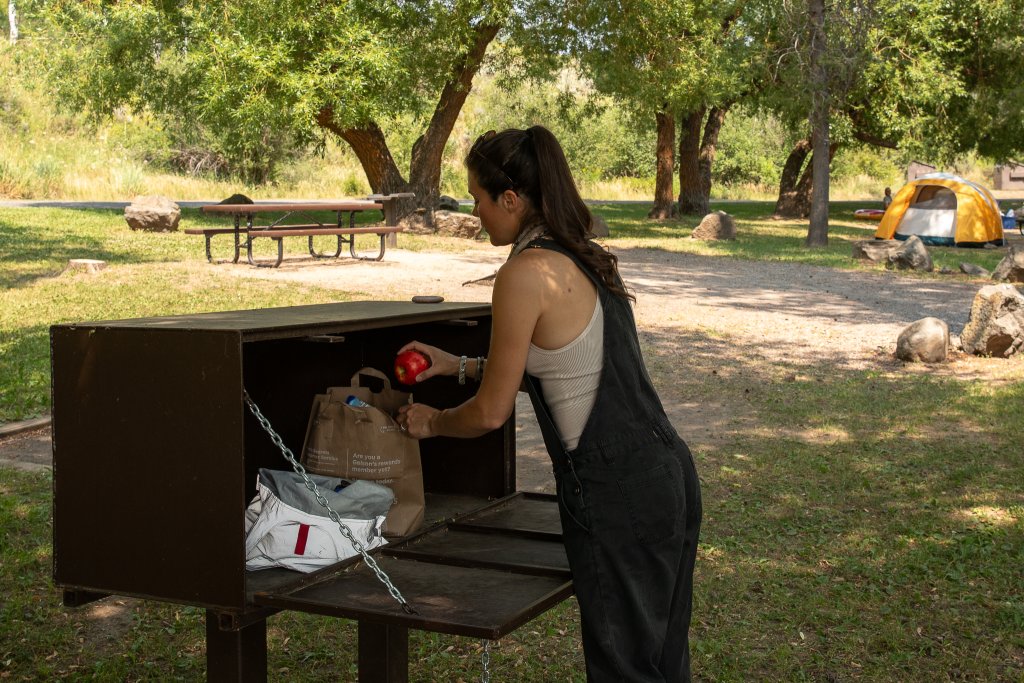
Improperly stored food and litter can attract bears and other wild animals to campsites, thus increasing the likelihood of dangerous encounters. As mentioned above, food and toiletries should be stored in a vehicle, bear locker, bear can or bear hang. After meals, it’s best to clean up your cooking area and dispose of any garbage as soon as possible. If a trash can or dumpster is not available, garbage should be stored in a bear can, bear locker or vehicle—and packed out when you leave. Even when you’re not in bear country, it’s important to secure food and garbage so skunks, raccoons, rodents and birds don’t get into it. These critters are all notorious for raiding campsites, and they will bite through tents, stuff sacks and backpacks to steal snacks.
Supervise Dogs Around Wildlife
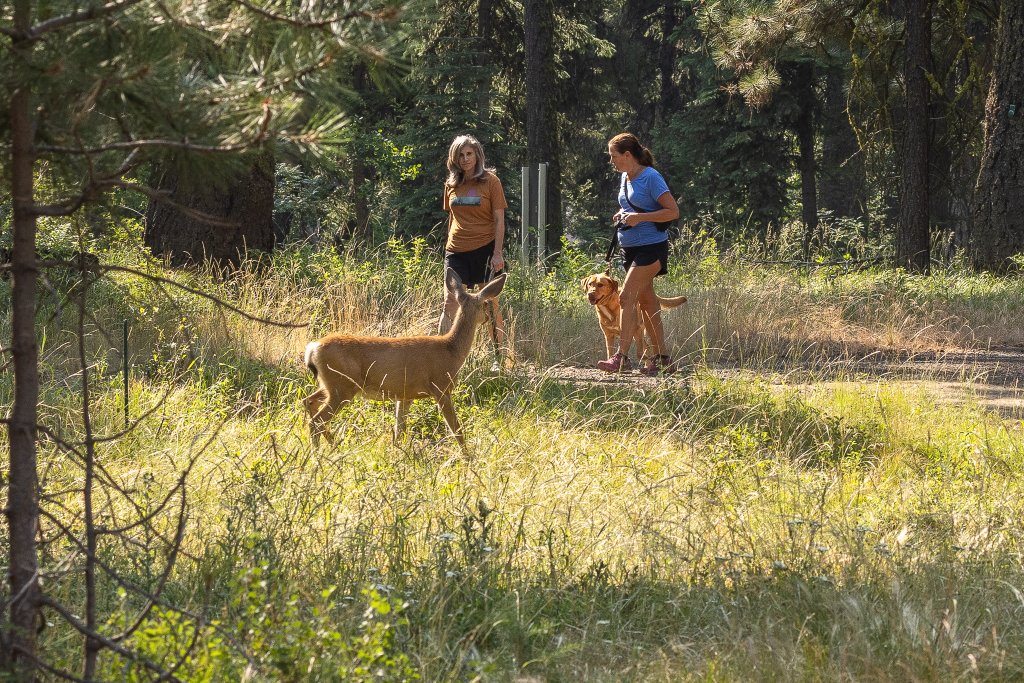
While exploring the outdoors with your dog can make for a memorable adventure, keeping an eye on them is critical when it comes to respecting wildlife, especially bears. Whether it’s a backcountry trail or your backyard, unsupervised dogs can disrupt habitats, chase or harm native animals and even transmit diseases, like canine distemper and rabies. Loose dogs can also harass livestock and pack animals, not to mention the possibility of an attack on a human or another dog.
According to a 2019 study by the University of Wisconsin, 25 percent of all black bear attacks from 2000 to 2017 in the lower 48 states involved dogs, and 40 percent of defensive attacks by female black bears involved dogs. For all of those incidents, 79% of the dogs were off-leash. Bear biologist Stephen Herrero conducted a similar study from 2010 to 2014 across North America, and found that 53 percent of all bear attacks during that period involved dogs. Herrero also concluded that recreating with off-leash dogs statistically increased the chance of a human-bear conflict.
To minimize the risk of an encounter when hiking in bear country, keep your dog on a non-retractable leash, and if you do come across a bear, turn around and walk away. “Black bears evolved in forested habitats where they learned to respond to danger and avoid trouble by climbing a tree or disappearing into the woods,” write the experts at BearWise, which is managed by the Association of Fish and Wildlife Agencies. “When those options aren’t available … the bear will defend itself, its food, or its cubs. A barking, lunging, snapping or chasing dog is seen as a threat, [and] it’s very likely the bear will respond by defending itself.” If your dog is attacked by a bear, BearWise advises against rescuing your pet, as this may result in the bear attacking you. Instead, they recommend using bear spray, or if you’re at home, a high-powered garden hose can act as a deterrent to an aggressive bear as well.
Before taking a hike with your dog, be sure to familiarize yourself with local rules and regulations. For example, in Idaho’s state parks, dogs are allowed on most trails, but they must be kept on a leash. Some federally managed lands do not require dogs to be leashed, but they must be kept under strict voice control. There may also be seasonal restrictions; for example, on trails in the Sawtooth Wilderness, which is managed by the U.S. Forest Service, dogs must be on a leash July 1 through Labor Day. This information is generally posted at trailheads, and available online and at ranger stations. It’s always best to come prepared with a leash and harness, and it is still considered common courtesy to leash your dog no matter where you plan to visit.
Share the Road
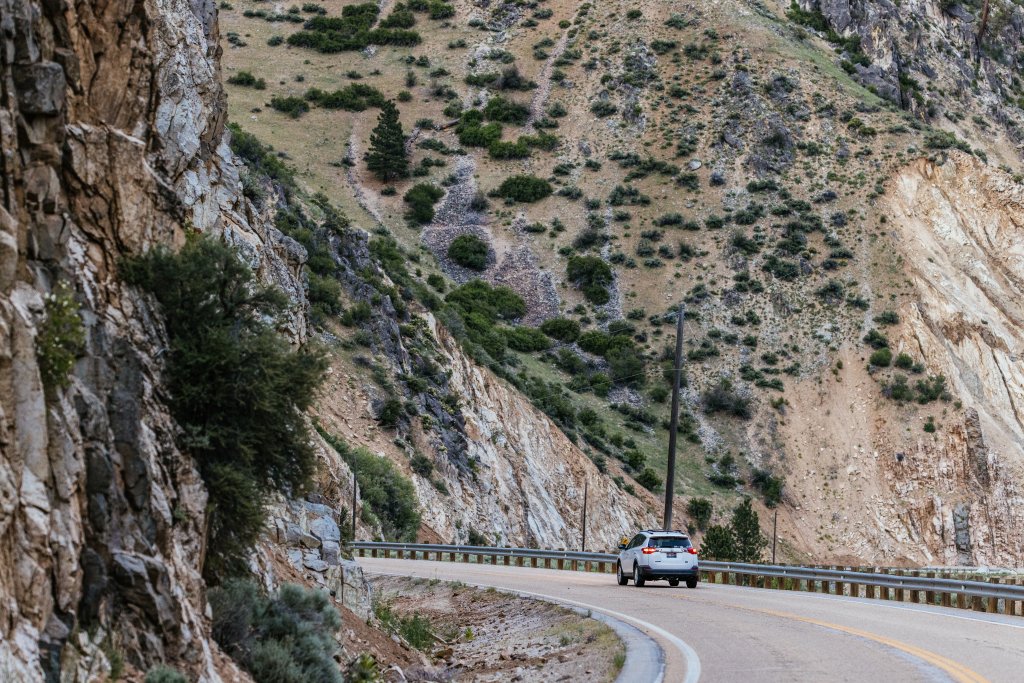
Idaho’s scenic byways are an amazing way to view wildlife from the safety and comfort of your vehicle. Always observe the posted speed limits, and be especially cautious at dawn and dusk, when wildlife is most active. If you spot an animal crossing, stop safely– with distance if possible, and allow it to pass, and wait a moment to ensure no others are following. Avoid honking or attempting to move wildlife off the road, as this can confuse or panic the animal(s). Finally, if you want to stop and snap a picture, pull your car completely off the road into a designated pullout. Unless an animal is blocking your path, you should never stop in the middle of the road, as this can create traffic hazards and stress out the animals.
Feature image credited to Elisabeth Brentano.Published on July 2, 2025

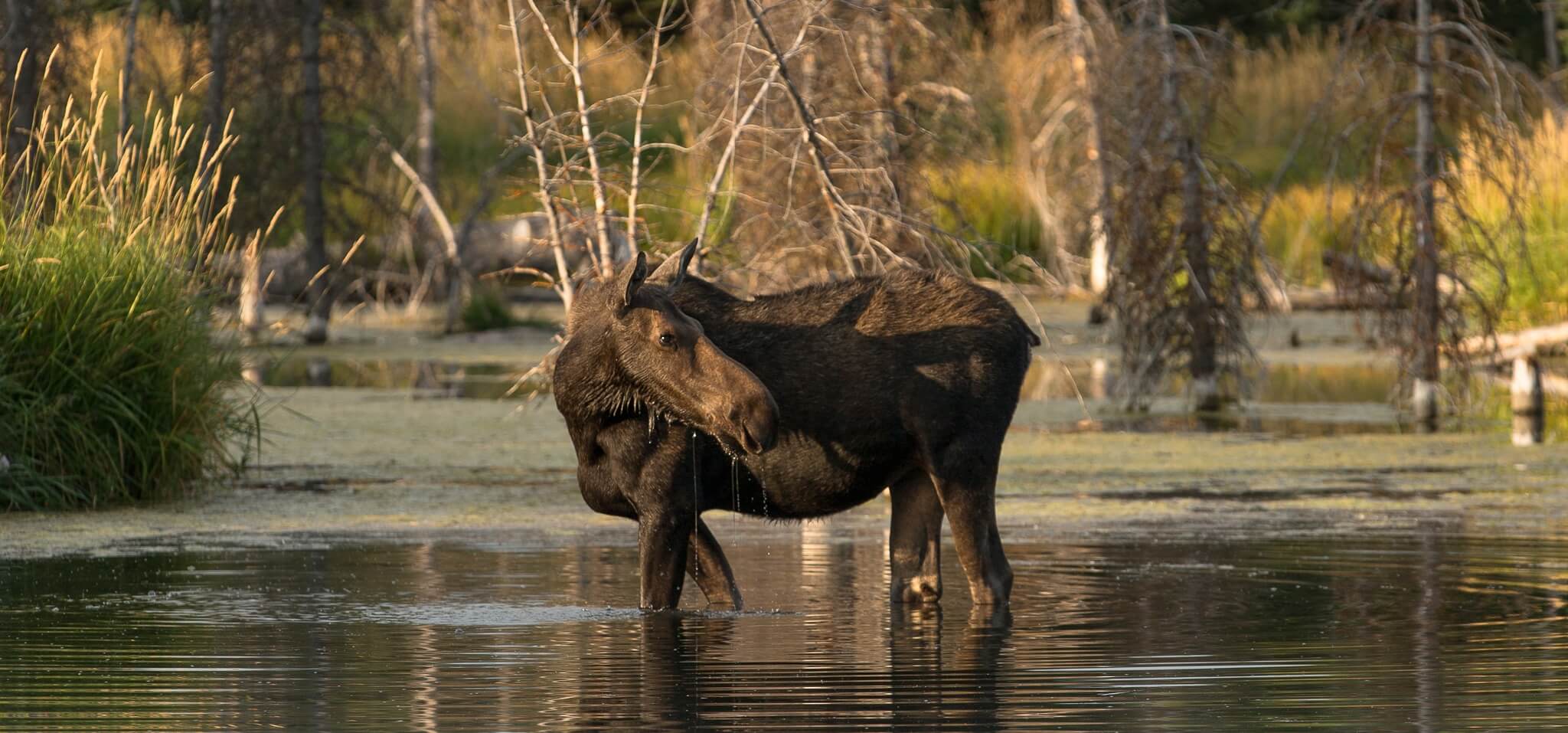




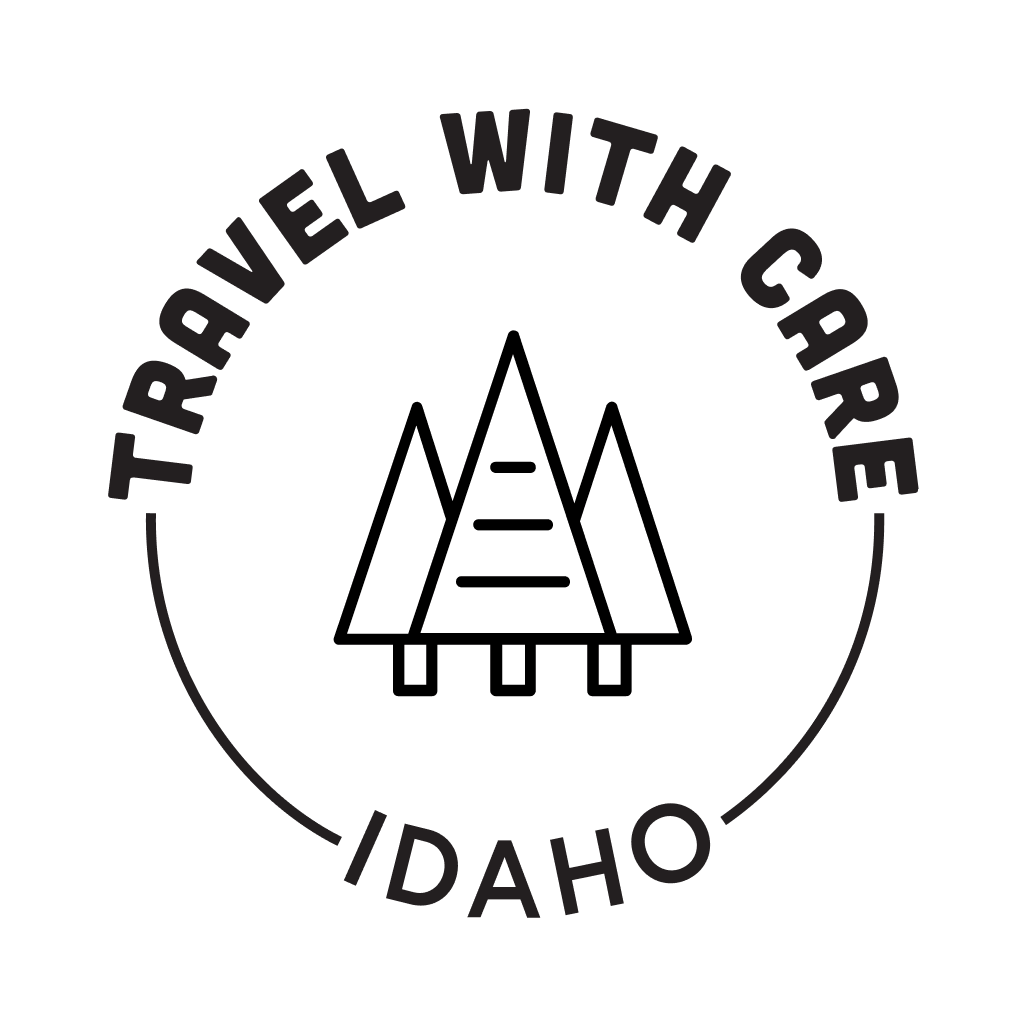
Elisabeth Brentano is a writer and photographer based in California, but her passion for nature takes her all over the world to produce travel and environmental content. You can follow her at @elisabethontheroad on Instagram.